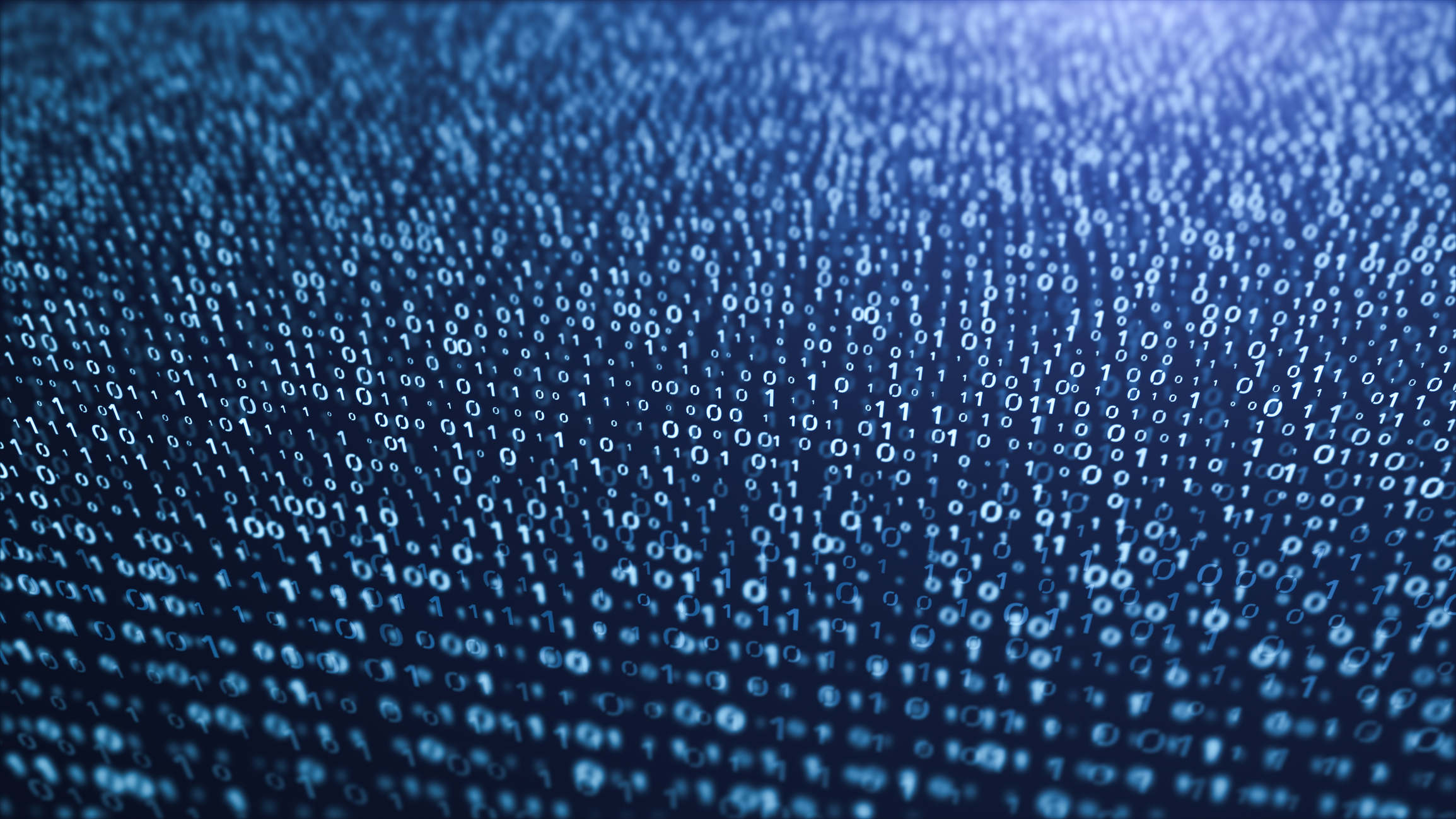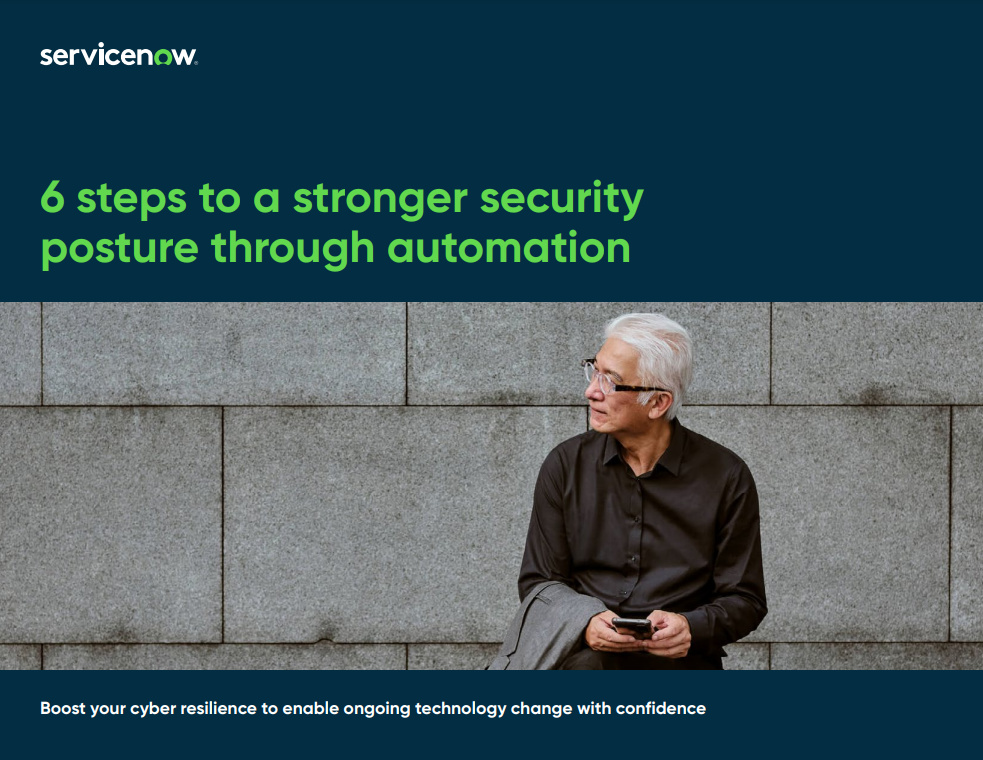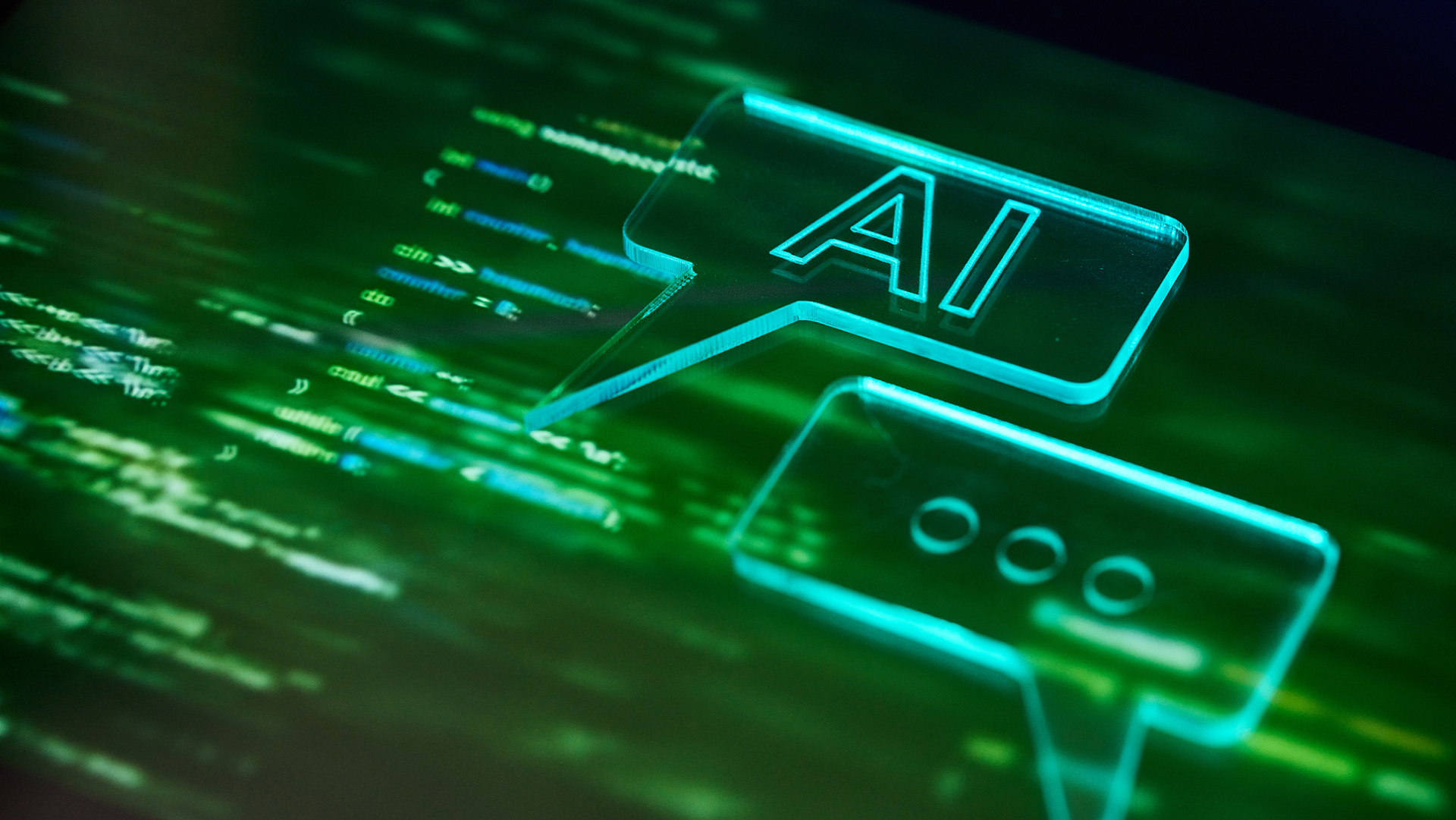What is datafication and what are the business benefits?
Collecting the right data is key to improving your processes and making smart decisions

While businesses may already be drowning in data to some extent, that doesn’t necessarily mean that the information organizations use and hold is useful. Indeed, the stuff that stacks up uncontrollably is almost by definition of low value: something rare is far more likely to be monetizable than something commonplace.
The term datafication, coined in 2013 by Kenneth Cukier and Viktor Mayer-Schönberger, is about capturing data in a deliberate, directed way. Before then, the term was linked with analyzing aspects of our lives captured through data, but the impact of big data and the massive potential of data analytics shifted its significance. When we use datafication, we still refer to translating aspects of our lives into data points, but on a much, much larger scale.
What's the difference between datafication vs digitization vs big data?
There’s a similarity between datafication and digitization, but datafication isn’t the same thing as, say, scanning in physical documents or media. Where datafication is relevant is more around, say, the metadata of physical materials. A recycling company, for example, doesn’t need to read every piece of paper it sends to the incinerator – unless it’s in the intelligence or cyber security business – but it might well want to know how much those documents weigh, and relate that to the heat and power produced and consumed by their destruction.
READ MORE

Datafication and big data are two different things entirely, meanwhile. Admittedly, Cukier and Mayer-Schönberger’s book is entitled Big Data: A Revolution that Will Transform How We Work, Live and Think – but the classic big data methodology involves working with the huge volumes of unstructured, unexamined data that are already sitting around on servers. Datafication is more about collecting specific information – perhaps just a few bytes a day – that wouldn’t otherwise be captured.
The idea is actually more similar to the Internet of Behaviours (IoB), but IoB instead involves analyzing and responding to customer behavior. This can involve a healthy element of datafication, via techniques like using sensors to record footfall. But datafication is a broader idea, with applications across a whole range of processes and environments.
What data should businesses aim to collect?
That entirely depends on the business and the industry in which they’re in. Businesses should go through a desirability exercise before jumping in and spraying the place with data collection sensors, CCTV cameras, door-actuation microswitches, and so forth.
Ideally, you’re looking for something that can inform your workflows, without alerting competitors or customers to your superior process control.
Sign up today and you will receive a free copy of our Future Focus 2025 report - the leading guidance on AI, cybersecurity and other IT challenges as per 700+ senior executives
READ MORE

The specifics may not become clear until you’ve collected and crunched the data. Then, what do you do with it?
Since Kenneth Cukier writes for the Economist, it’s not surprising he sees creating new data as a way to create new value. You might use the data you generate to monitor and improve your processes – or you might be able to sell it on. Again, though, that sounds like an idea you’d hear from an economist, rather than a business operator.
What are the benefits of datafication?
RELATED RESOURCE

This eBook shares six steps for more efficient and effective attack surface hardening.
DOWNLOAD FOR FREE
Since the parameters of datafication are broad and fuzzy, it’s fair to be wary of jumping in. But remember, in the world of marketing, only 1% of passing punters need to react to a billboard for it to be counted as a roaring success.
Any sensible datafication effort should provide a much more tangible benefit than that. And the very looseness of the idea means it can be applied in a huge number of scenarios. Whether you’re interested in productivity, sales data, or customer contacts, it’s a good bet that as-yet unexploited sources of data can help identify shadowy patterns and correlations.
What are the data protection implications for datafication?
Some areas, for example, have lately been filling up with smart litter bins, with massive advertising screens on their sides, and built-in Wi-Fi transmitters that provide convenient internet access for paid-up customers.
They also happen to log the MAC addresses of all passing devices, such as the phones in people’s pockets, whether subscribed or not. By tracking devices as they pass different bins around the area, the data collector can build up some quite sophisticated models of people’s movements.
This is a classic piece of datafication, but it raises questions about consent and data protection.
READ MORE

The data collector doesn’t know exactly who you are, but they can tell – for example – that most mornings you walk a particular route on your way to work, and they can tell if one day you go to the hospital instead.
As always, such issues need to be carefully considered in any datafication project. In fact, all the smart bins in such neighborhoods have recently gone dark – perhaps because the information they were logging was deemed too sensitive.
-
 Can the ‘microshifting’ trend work in the tech sector?
Can the ‘microshifting’ trend work in the tech sector?In-depth Research shows that employees want to break up their working days into short, flexible blocks – here’s how tech leaders can implement what’s being coined as ‘microshifting’
-
 Driving sustainable AI success for partners with the AI flywheel
Driving sustainable AI success for partners with the AI flywheelIndustry Insights Igniting sustainable AI success and measurable ROI for partners with the AI flywheel